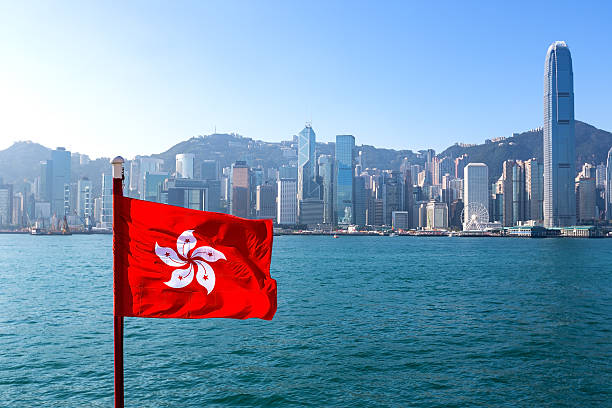The People’s Republic of China established Hong Kong as a Special Administrative Region in 1997 when the former British colony was handed over to China. Despite being a geographical and political component of China, Hong Kong continues to benefit from the advantages of its own legal and judicial system.
Hong Kong trademark registration system
This advantage is reflected in the field of intellectual property, where Hong Kong SAR has unique IP institutions and regulations (trademark and patent offices). Companies must therefore establish tools and procedures to deal with the two IP systems in Hong Kong in order to be adequately protected. The protection of the trademark is so important that it must be properly taken into account when deciding to continue doing business in the Hong Kong Special Administrative Region, such as selling products or starting your own business.
In spite of the fact that registration is not required to use a trademark in Hong Kong, it is undoubtedly the most effective strategy to protect such rights. Once a trademark has been registered, the owner is given the exclusive right to use that trademark in connection with products or services, and they have legal recourse if someone else uses a confusingly similar mark without their permission. In Hong Kong, registering a trademark is a simple process from the price and timeline aspects, which are often of importance to businesses.
The trademark that was applied for or registered in China is not legitimate in Hong Kong. Furthermore, neither the Madrid Protocol nor the Madrid Agreement includes Hong Kong. This indicates that a national filing is the only solution possible to completely cover the region.
The Nice Agreement, which includes more than 150 nations, is followed by Hong Kong when it comes to trademark law. This facilitates discussions and cross-border comparisons and significantly enhances the effectiveness of the registration process. This is an indisputable advantage when compared to the “sub-classes” structure used in China.
The application can be filed after the classes and the goods are listed. In summary, the procedure is filing the application, having it examined (after 4 months of filing), having it published (within about 6 months), and then the official registration, which usually takes 9 to 10 months to complete.
The Trademark Office does not require a Power of Attorney or any other legal documents. Just the applicant’s name, address, and country, together with the trademark’s image, must be submitted.
Lastly, we would like to remind you that the Hong Kong trademark registration procedure only offers legal protection inside the Hong Kong SAR.
You can find the list of Hong Kong IP Firms here.

